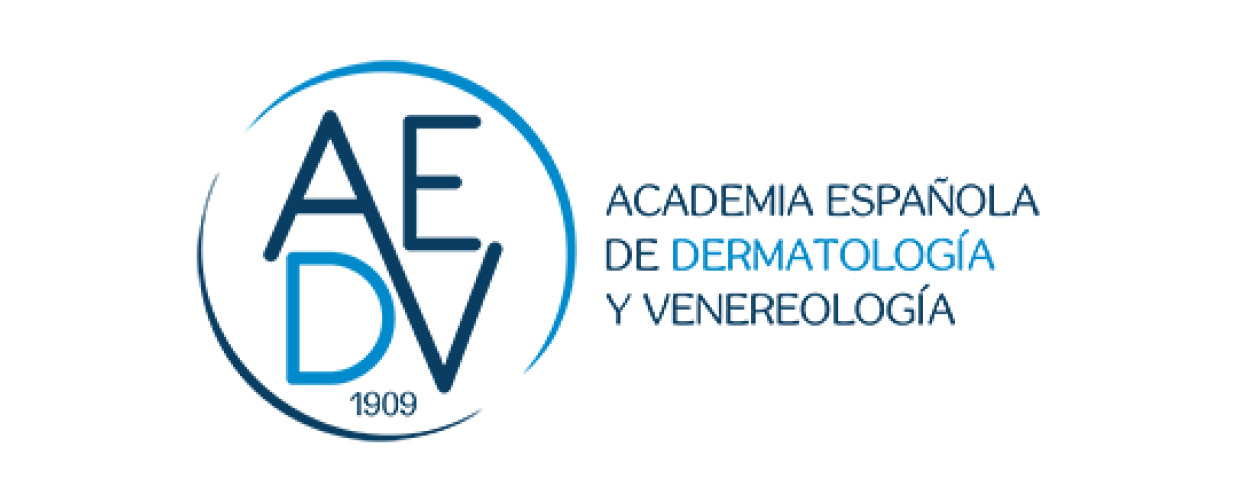Objectives: Severe acne is common, results in challenging permanent scarring and can cause psychological distress. The use of conventional treatments can be limited in some patients due to contraindications, inefficacy, side-effects or patient’s personal convenience.
Introduction: C. Acnes is a Gram-positive bacterium involved in the pathogenesis of acne. It generates fewer porphyrines. As sunlight exposure, illumination with an appropriate light alone (LED or CW Lamp, IPL, PDL …) may trigger photodynamic reactions in the sebaceous glands and can improve acne: ‘’endogenous PDT ‘’. Prior application of a photosensitizer
Materials / method: Studies report significantly different parameters: wavelength, dose, number and intervals of sessions. They are so heterogeneous that it’s very difficult to make any analysis and synthesis (about 2/3 were industry-sponsored, with small samples, no control, no randomization, high risk of bias, short follow-up, adverse effects under-reported…).
In the last Cochrane Review on all light therapies and acne (Barbaric et al., 2016), red-light MAL-PDT is the only treatment with a low to moderate certainty for reduction (clinically insignificant)
Waiting for further RCT using standardized assessments
Results: Current trends and clinical recommendations in 2019 for moderate to severe resistant acne could be as follows:
. For anti-inflammatory efficacy (transient, painless and without adverse-effects): numerous biweekly or weekly sessions of endogenous PDT (LED alone, far less IPLs or PDL)
- Blue light with high irradiance (60-120J/cm² - 20 min.)
- Red light with high irradiance
- Blue and red light with high irradiance (alternated)
- +/- yellow, green, red and infra-red lights for for their anti-inflammatory and anti-scarring effects
- (daily application of very low irradiance 1 J/cm² with HUD)
Conclusion: For long-term efficacy (approx. 16 weeks) on inflammatory and non inflammatory lesions, ‘’conventional’’ 3h MAL or ALA with occlusion red LED PDT seems the most efficient but with severe pain, high costs, contraindication during pregnancy and with the most adverse effects (volcanic eruption, 1 week of downtime, prolonged erythema or postinflammatory hyperpigmentation depending on the phototype)
In-between all practionners can taylor the protocol to suit each well-informed and consenting patient or patient’s parents.
The future already knocks at our doors with HUD or daylight use and new PS
Declaraciones
¿Ha recibido algún tipo de financiamiento para realizar su investigación sobre esta temática?
No
¿Ha recibido algún pago, honorario u otra compensación por su trabajo acerca de esta investigación?
No
¿Tiene vínculos financieros con alguna entidad que podría llegar a competir estrechamente con los medicamentos, materiales o instrumentos tratados en su investigación?
No
¿Posee o ha solicitado una patente relacionada a los materiales, productos o instrumentos utilizados en su investigación?
No
Este trabajo no cuenta con el apoyo de ningún financiamiento directo o indirecto. El autor asume plena responsabilidad sobre el mismo.




















